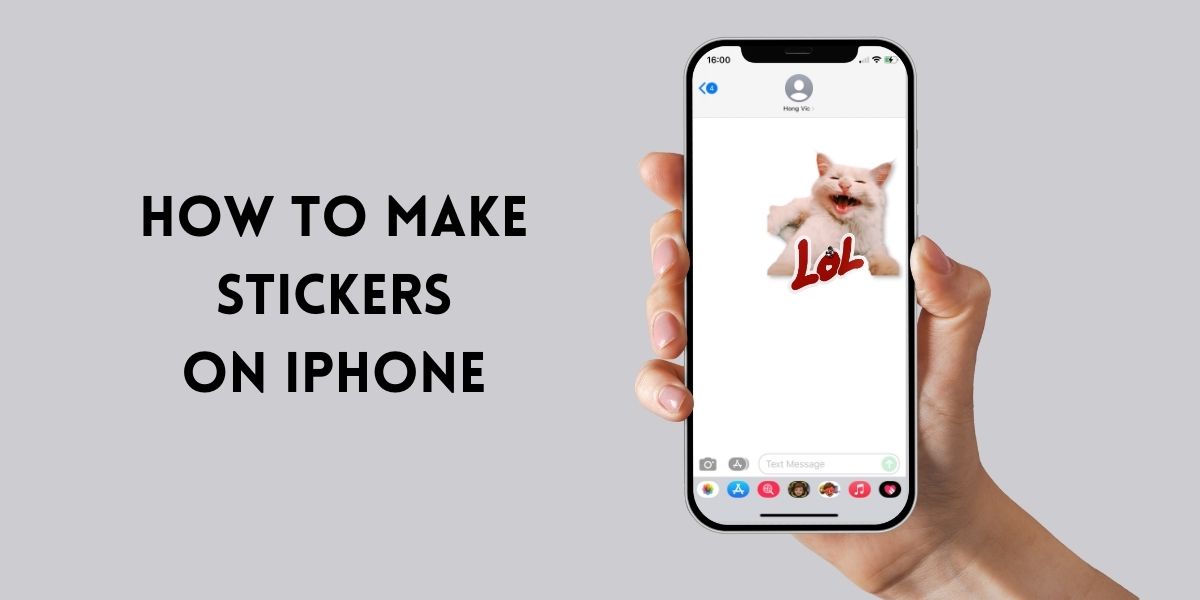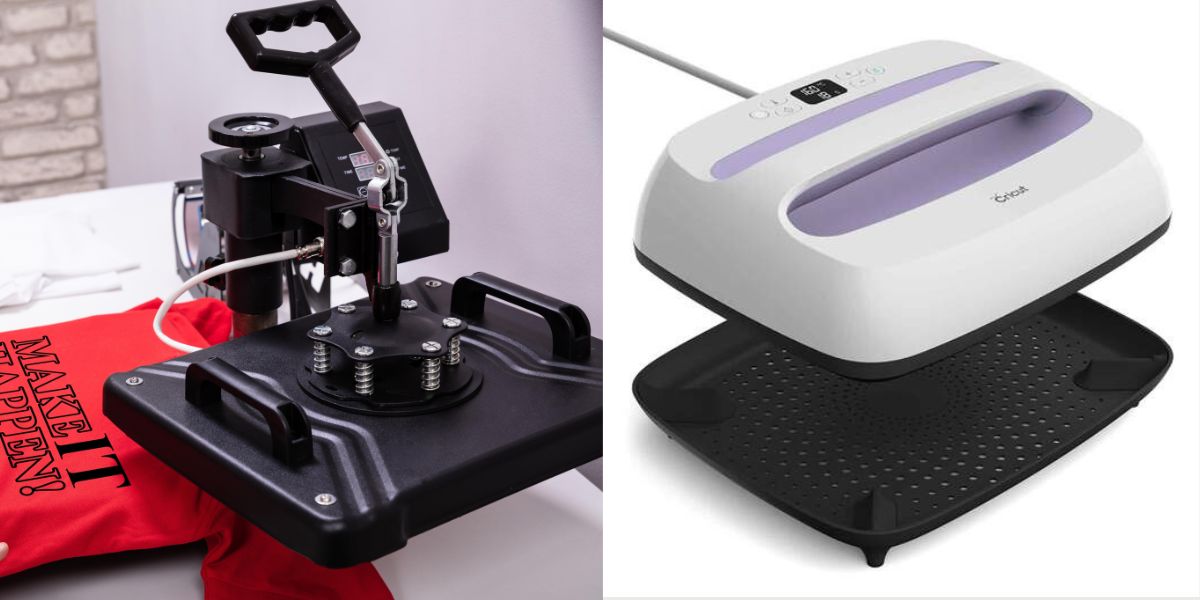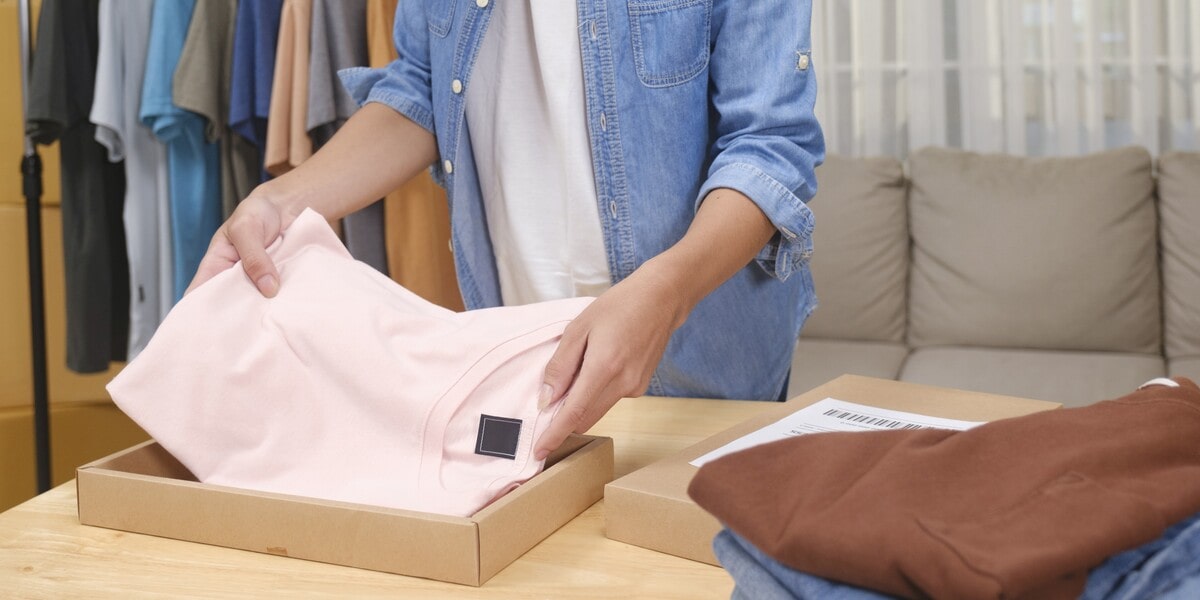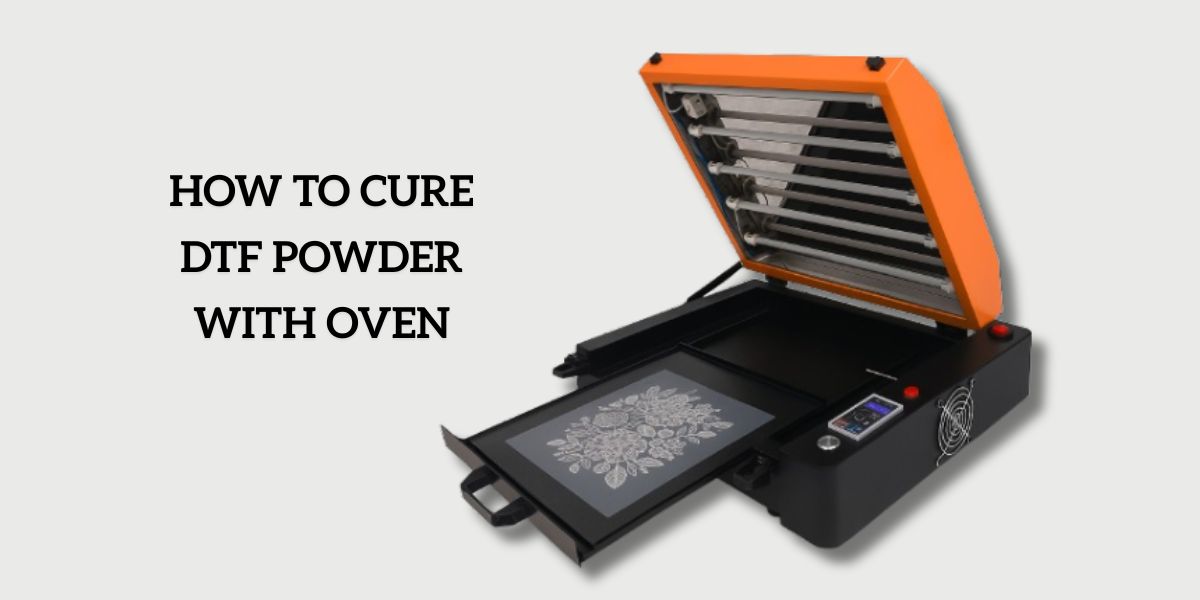
Blog
DTF vs Sublimation Printing: Detailed Comparison to know which one is your need
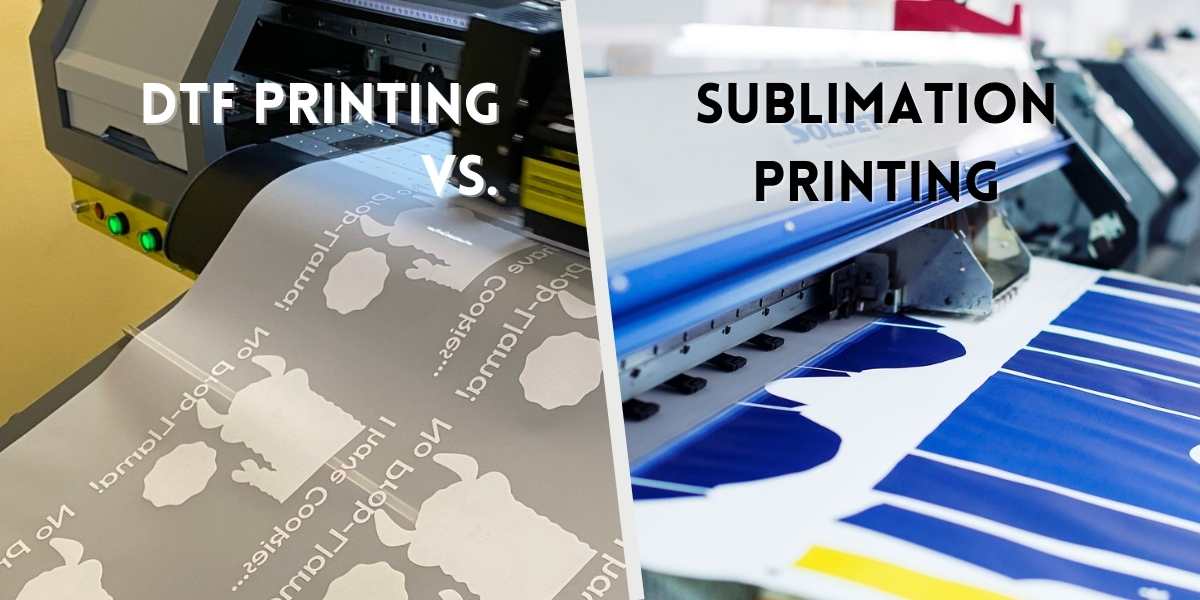
When it comes to advanced printing technologies, 2 advanced methods often make us confused: DTF (Direct-to-Film) printing and Sublimation printing. DTF vs Sublimation – both share the common goal of transferring intricate designs to various surfaces, particularly garments. This leaves crucial questions: Is DTF the same as Sublimation? DTF or Sublimation? What sets them apart? Which one best suits your printing needs?
In essence, the key point to distinguish DTF vs Sublimation lies in a few distinctions that we’ll discover in the detailed comparison of this article. Let’s join with CustomAny and to pick the right decision for your printing needs.
Learn about DTF Printing and Sublimation Printing
Is DTF and Sublimation the same? – No. They are 2 different printing techniques. So, how to choose the right one? – To make a decision between DTF vs Sublimation, first, let’s explore the fundamentals of these 2 advanced techniques to understand how they work, as well as when and where they shine.
What is DTF Printing?
DTF, or Direct to Film Printing, is a printing method that allows complicated designs to be printed directly onto a film. This special film serves as a transfer tape, enabling the design to be applied to a wide range of surfaces, from textiles to ceramics.
DTF printing is known for its ability to produce vibrant, detailed, and durable prints.
For an in-depth understanding of DTF printing, we recommend reading our previous article, “What is DTF Printing and How Does It Work?“. In this article, you can find out more about DTF printing, how it processes and the best applications.
What is Sublimation Printing?
Sublimation Printing is a unique heat transfer process that involves transforming dye particles into a gas, which then bonds with the surface of materials like polyester and polymer-coated items.
This technique excels in producing photo-realistic, full-color designs with smooth surfaces. Sublimation is commonly used for producing custom t-shirts, hoodies, caps, bags, signages, and more.
What is the difference: DTF vs sublimation
Now that we’ve touched on the basics of DTF and Sublimation Printing, let’s explore the key difference between these two remarkable printing methods. In this section, we’ll break it down into 5 main aspects about DTF vs Sublimation as in the summary table below:
| Aspect | DTF Printing | Sublimation Printing |
| Material Compatibility | Wide range, including cotton, polyester, non-textiles | Primarily light-colored polyester, polymer-coated items |
| Print Quality | Vibrant colors, 3D effect, durable | Photo-realistic, smooth finish, high-quality |
| Equipment | DTF printer, heat press, film sheets | Sublimation printer, sublimation inks, heat press |
| Cost Considerations | Cost-effective for small to medium runs | Cost-efficient for high-volume production |
| Speed and Efficiency | Fast, suitable for on-demand printing | Efficient batch processing for high volume |
The table provides you with a quick overview of the differences between DTF vs Sublimation, making it easier to compare their features at a glance.
Now, let’s come to the details to know what is the difference between DTF and Sublimation.
1. Material Compatibility
- DTF Printing: DTF printing shines when it comes to material compatibility. It can be applied to a wide range of fabrics, such as cotton, polyester, blends, and even non-textile surfaces like wood, ceramics, and leather if you use adaptive method called UV DTF printing. So, this versatility makes it an ideal choice for businesses that require flexibility in their product offerings.
- Sublimation Printing: Sublimation printing, on the other hand, is primarily designed for light-colored polyester fabrics and items with a polymer coating. It bonds with the polyester fibers, resulting in vivid, permanent prints. However, it has limited compatibility with other materials.
2. Print Quality
- DTF Printing: DTF printing allows impressive color vibrancy and detail. It provides a tactile layer on the surface of textiles, creating a raised print surface that adds depth and texture to designs. The prints are known for their longevity and resistance to fading, scratching and tearing, making them suitable for various applications.
- Sublimation Printing: Sublimation printing excels in producing photo-realistic, full-color prints. The dye sublimation process ensures that the colors are embedded within the fabric or coated surface, resulting in a soft, smooth finish. While it offers outstanding quality, it may not match the 3D effect achieved by DTF printing.
3. Equipment
- DTF Printing: DTF printing typically requires specialized equipment, including a DTF printer, a heat press, and DTF film sheets. The printing process involves printing the design onto the film and then transferring it to the material using heat and/or pressure.
- Sublimation Printing: Sublimation printing necessitates a sublimation printer, sublimation inks, heat-resistant tape, and a heat press. The dye sublimation process involves printing the design onto sublimation paper and then transferring it to the substrate through heat and pressure.
4. Cost Considerations
- DTF Printing: DTF printing can be cost-effective for small to medium print runs, as it doesn’t require minimum order quantities or set-up costs like sublimation printing. However, the price per print may vary based on the chosen materials and ink quality.
- Sublimation Printing: Sublimation printing is cost-effective for high-volume production due to its efficient batch processing capabilities. While initial equipment costs can be higher, the low per-unit cost makes it a cost-efficient choice for large quantities.
5. Speed and Efficiency
- DTF Printing: DTF printing is known for its speed and efficiency, making it suitable for on-demand and small-batch printing. Designs can be transferred quickly, reducing turnaround times.
- Sublimation Printing: Sublimation printing may involve longer processing times, especially for larger quantities. However, its batch processing capability can still handle high-volume orders efficiently.
DTF vs Sublimation: Choosing the Right Method for Your Needs
So, which one is your need? Sublimation vs DTF? DTF vs Sublimation printing? To make the right decision, consider these 4 key factors:
1. Materials
Determine the materials you intend to print on. If you require versatile compatibility with various textiles and non-textile surfaces, DTF printing offers a wider range. However, if your focus is on light-colored polyester fabrics or polymer-coated items, sublimation printing excels.
2. Print Quality
The keywords for you are: vibrant colors or photo-realistic? 3D effect or smooth finish? If you choose the front line, go for DTF printing, since this technique delivers vibrant colors, a 3D effect, and remarkable durability, which can be perfect for bold and attention-grabbing designs. If you like the behind line, sublimation printing is ideal, because it boasts photo-realistic quality and a smooth finish, excellent for detailed and high-quality prints.
3. Volume
Think about the volume of your printing needs. DTF printing suits smaller quantities due to its efficient on-demand capabilities, while sublimation is optimal for high-volume production where speed is crucial.
4. Budget
How much are you willing to invest in these printing techniques? DTF vs Sublimation cost? DTF printing tends to be cost-effective for small to medium print runs, making it ideal for custom or print on demand projects. On the other hand, sublimation printing becomes more cost-efficient as the volume of production increases, making it suitable for larger volumes.
By carefully considering these factors, you can confidently choose between DTF vs Sublimation printing methods, ensuring your projects meet their specific requirements and stay within your budget constraints.
Conclusion
At last, the choice between DTF vs Sublimation printing lies on your unique needs. Ask yourself: what are the materials you work with, how many do you want to print and how much money do you have. By understanding each printing method and your own needs, you’ll confidently make the right choice when it comes to DTF vs Sublimation.
Remember that our website publishes articles that offer in-depth knowledge about various aspects of printing. Whether you’re looking for more insights on materials, design tips, or the latest trends in the printing industry, we’ve got you covered. Explore our extensive collection of related articles here.






